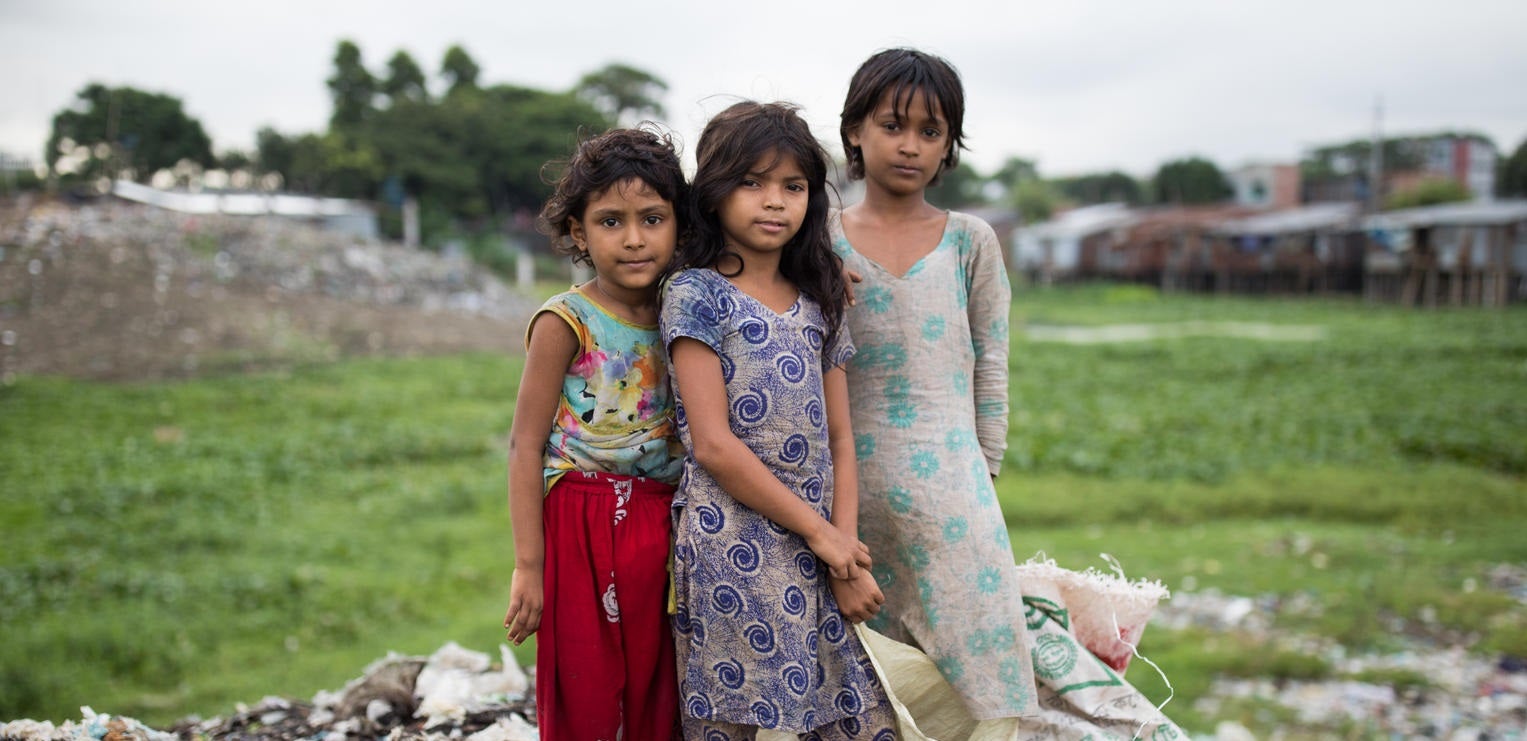Over 230 million girls and women alive today have undergone female genital mutilation (FGM), according to a newly released UNICEF report. The updated global estimates show a 15 per cent increase in the total number of survivors – or 30 million more girls and women – compared to data released eight years ago.
Released on International Women’s Day, the data shows that the pace of progress to end FGM remains slow, lagging behind population growth, especially in places where FGM is most common, and far off-pace to meet the UN’s Sustainable Development Goal to eliminate the practice. The global pace of decline would need to be 27 times faster to end the practice by 2030.
"Female genital mutilation harms girls' bodies, dims their futures, and endangers their lives,” said UNICEF Executive Director Catherine Russell. "We’re also seeing a worrying trend that more girls are subjected to the practice at younger ages, many before their fifth birthday. That further reduces the window to intervene. We need to strengthen the efforts of ending this harmful practice.”
Female Genital Mutilation: A Global Concern is the most up-to-date compilation of statistics on FGM, a practice that violates girls' and women’s human rights and can leave enduring physical, psychological, and social consequences. The report shows that the largest numbers are in African countries, accounting for 144 million cases, followed by 80 million in Asia and 6 million in the Middle East, with more estimated in small practicing communities and countries of migration elsewhere in the world.
While FGM is not becoming more common globally, the analysis reveals that the number of girls born in FGM-practicing countries is growing rapidly in comparison to the rest of the world. This means that future prevention efforts must address a larger at-risk population.
The analysis also shows that 4 in 10 FGM survivors live in fragile and conflict-affected settings, where population growth is also fast. This combination can strain education and health services, divert resources toward crises, and disrupt programmes that address gender inequality, making it more challenging to tackle FGM. Places like Somalia and Sudan face the challenge of addressing widespread FGM, among other urgent issues, and amid conflict and population growth. Ethiopia has consistently made progress, but climate shocks, disease, and food insecurity make it harder to reliably deliver programmes to support girls.
However, the report also reveals that progress is possible and is picking up. Half of the progress made in the last 30 years happened in just the past decade. Country examples include Kenya, declining from moderate to low prevalence; Sierra Leone, dropping from high to moderately high prevalence; and Egypt, beginning to decline from a previously near-universal level.
Attitudes around FGM are also changing. According to the report, around 400 million people in practicing countries in Africa and the Middle East – or two-thirds of the population – are opposed to the practice.
To eradicate FGM, UNICEF calls for leaders and communities to redouble their efforts to end gender discrimination and inequality; urgently invest in services for girls; promote girls’ agency and assets; prioritise girls' rights in laws and policies; and better track the prevalence of the practice through quality data.


